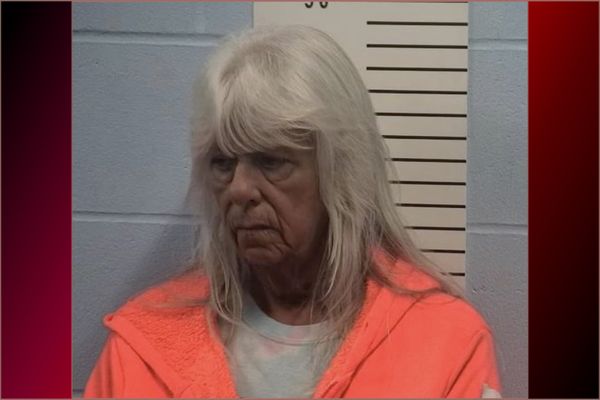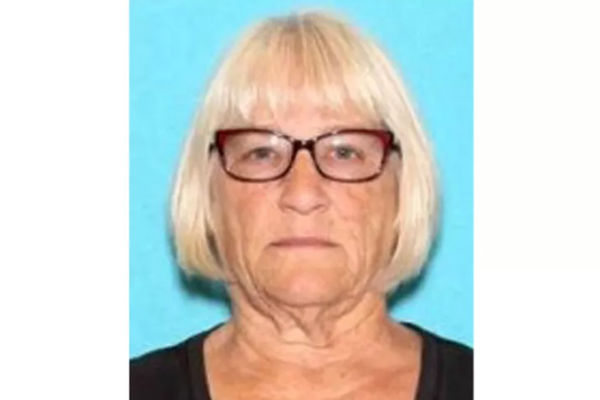
While we talked, Bob Massey fished with his son at an Iroquois County pond.
Why not? After nearly 34 years with the Illinois Department of Natural Resources (Department of Conservation), Massey retired last month as district wildlife biologist (Kankakee, Grundy, Iroquois counties) with plenty of other roles.
He was wildlife disease specialist while it was vacant, had a lead role in dealing with chronic wasting disease (CWD), was on a saw crew after Hurricane Katrina, and, among many roles in firefighting/prescribed burns, traveled all over the West.
“The biggest one was in Utah, just under 400,000 acres in sage, grass and chaparral,” Massey said.
He earned his bachelor’s in science education at Southern Illinois, then started graduate work at SIU’s Wildlife Research Lab. His career began as a wildlife technician at Dixon Springs State Park in Golconda in October, 1988.
“I would have stayed down there, but to get a promotion I had to move and came back to home district,” he said.
Massey, who grew up in Frankfort and went to Lincoln-Way Central, moved in the winter of 1990 to become a district biologist, his “ultimate goal.”
He’s banded geese in Hudson Bay in Canada for three weeks (``all done by helicopter’’), flew aerial surveys and mentored.
“Bob Massey was the first person I met at the Wilmington Game Farm on my first day as an intern with the DNR,” wildlife biologist Stefanie Fitzsimons messaged. “He immediately took me under his wing and he has been my mentor ever since! In my 11 years knowing Bob, there are very few days I haven’t been on the phone with him asking questions.”
Memory highlights include deer check stations.
“You get to visit with guys who are successful,” he said. “There are people I knew their dads and now their kids are hunting. Those are really good.”

Massey held key roles on CWD, which changed dynamics.
“Biggest thing that changed is [the public] thinks of the DNR as an adversary now, not the people who are there to help,’’ he said. “That changed a lot since I began. We are not the adversaries. I think a lot of that is CWD related. People think we are out to decimate the deer hunt. It was a perfect storm of CWD, other diseases and deer management changes. Things will improve, we just have to get over this hump.”
State forester Tom Gargrave shared an office for 32 years with district wildlife biologist Joe Rogus and Massey at the Des Plaines Game Propagation Center in Wilmington.
“We worked many early mornings and very late nights and laughed our way through most of it,’’ Gargrave said. “Working in field biology for IDNR does not conform to normal work rules, descriptions, labor negotiations, or regulations. It’s molded through passion.”
For those who consider a similar path, Massey advised, “Got to get a masters, because that is the only thing they will look at. Be willing to put in the time and be willing to move to look for a job. Can’t expect an 8-4 job, because you work all hours.”

When I asked about wild wildlife sightings, Massey conceded, “They are a chore at times. For the amount of [cougar] sightings we get, you would think we are in the Black Hills of South Dakota. If you mind thinks you saw one, that is what you saw.’’
Take the cougar sighting that was a neighbor’s dog or “The woman in Chicago who reported a mountain lion sitting on roof and eating a raccoon. She had had a couple drinks.”
He landed a 21⁄2-pound largemouth bass, caught on a small Rapala.
“We are multi-tasking, another thing I learned with the state,” he said.
It was time.







